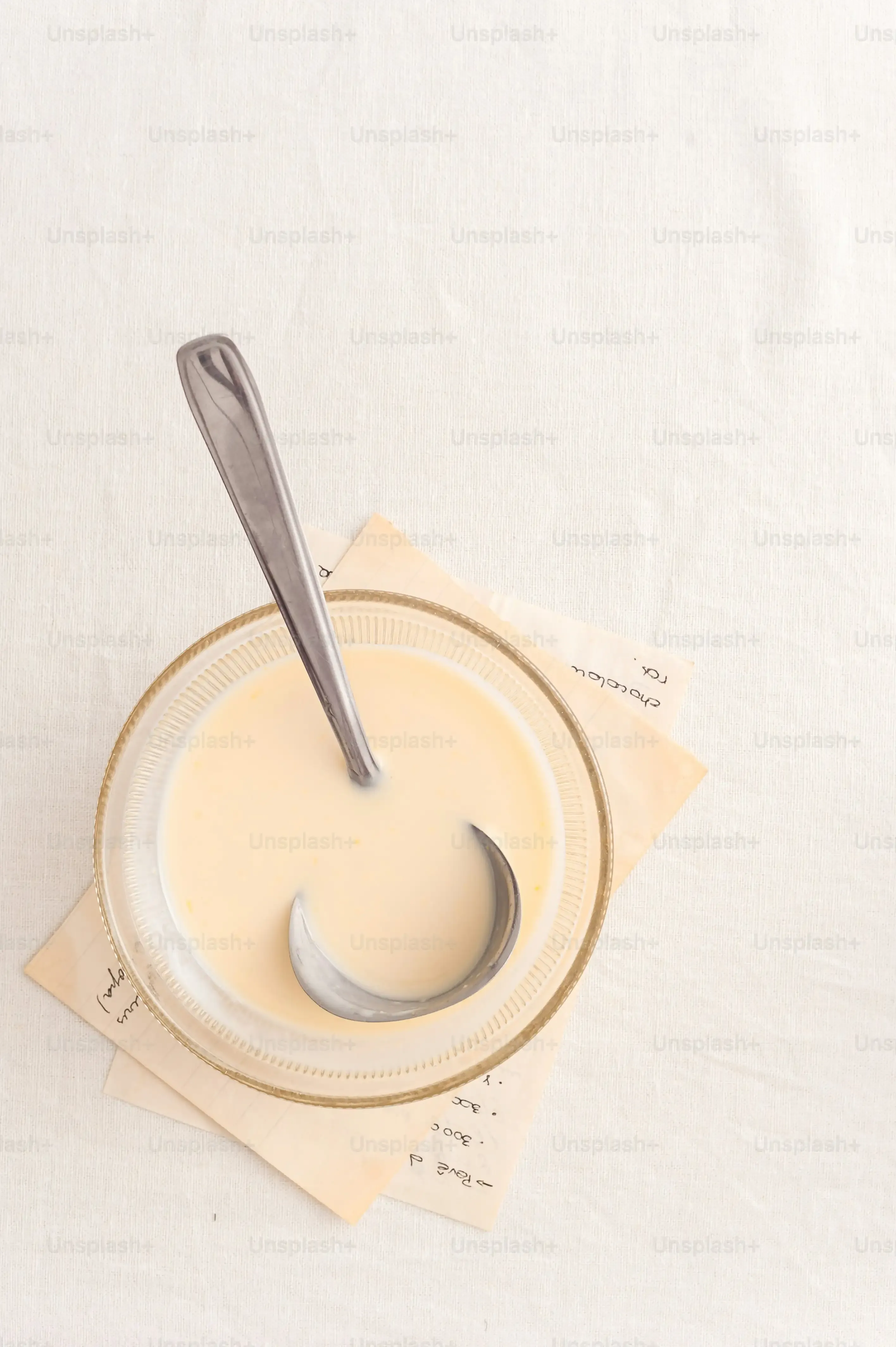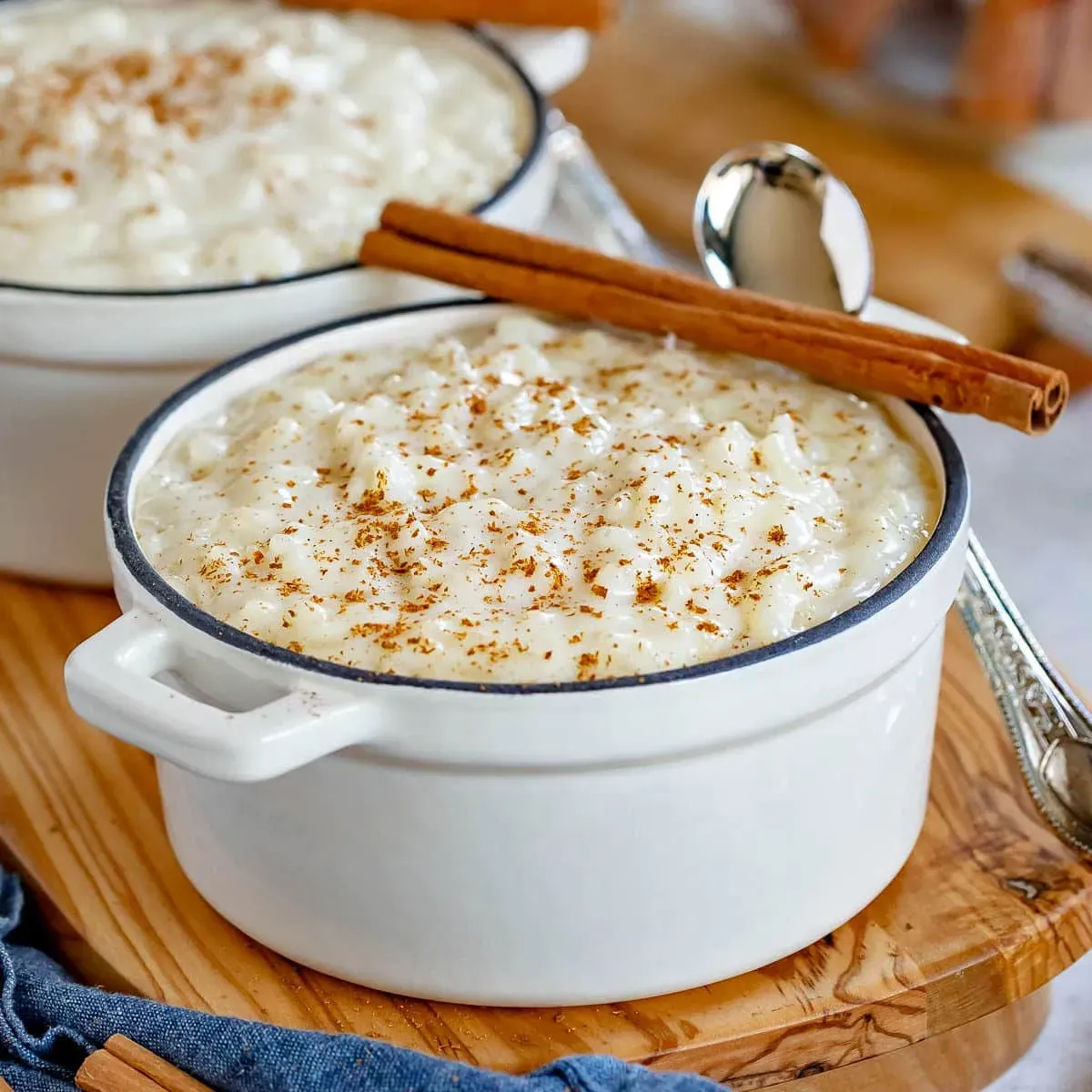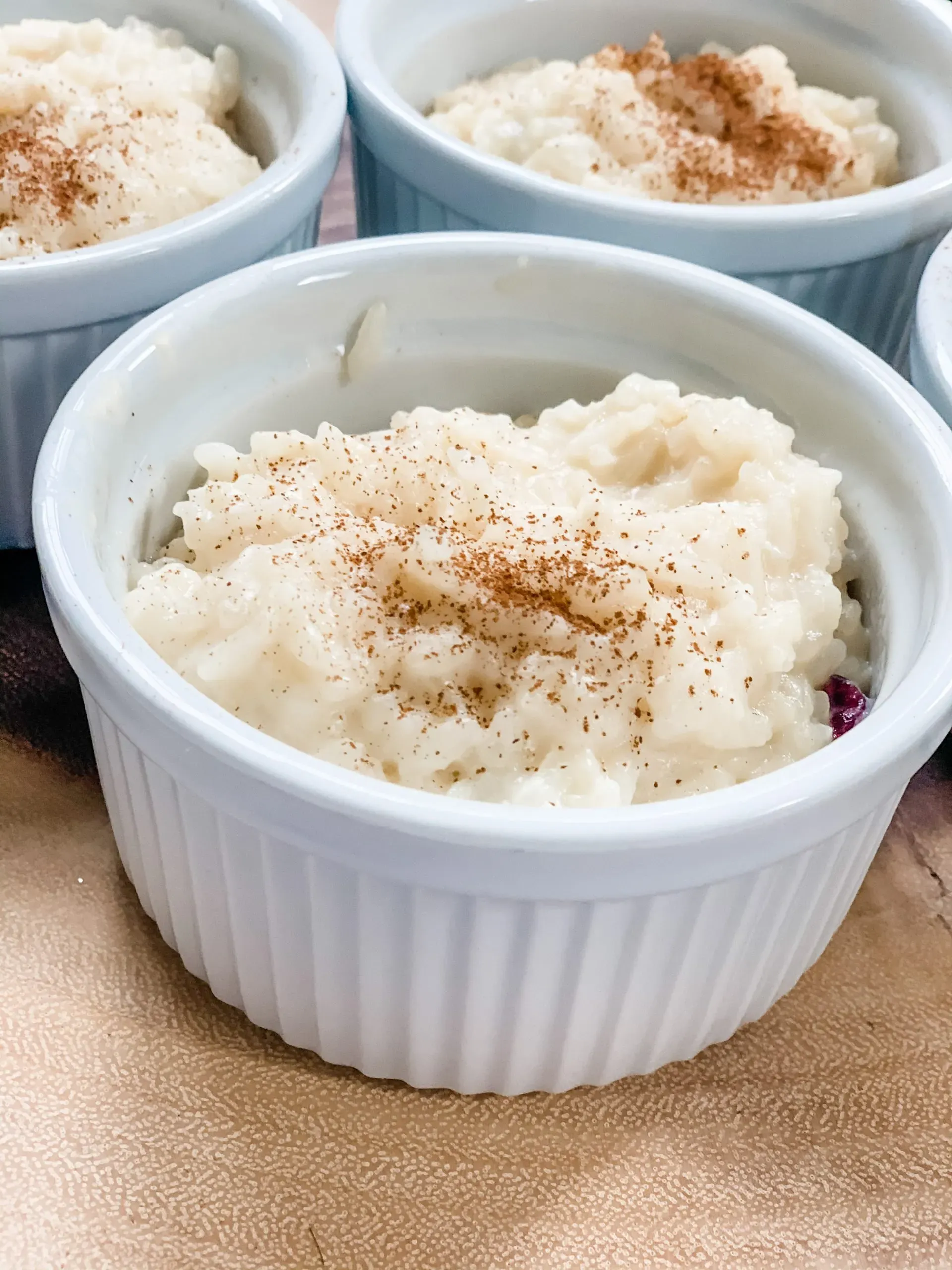Table of Contents
Who doesn't love a warm bowl of rice pudding?
Why Choose Rice Pudding with Low Fat Milk?

Why Choose Rice Pudding with Low Fat Milk?
Cutting Down Without Cutting Flavor
Look, nobody's trying to ruin a good thing.
Traditional rice pudding is delicious, no argument there.
But if you're keeping an eye on saturated fat or just prefer something a little lighter, making rice pudding with low fat milk is the smart move.
It’s not about deprivation; it’s about making a classic dessert fit into a different lifestyle.
You still get that creamy texture and comforting warmth, just with fewer calories and less fat hanging around.
Think of it as optimizing your dessert game.
Why load up on the heavy stuff when you can achieve a similar, equally satisfying result?
Benefit | Traditional Milk | Low Fat Milk |
|---|---|---|
Saturated Fat | Higher | Lower |
Calories | Higher | Lower |
Creaminess (Achievable) | Natural | Requires technique |
Achieving Creaminess Without the Fat
Now, the immediate concern when you hear "low fat milk" in rice pudding is often, "Won't it be watery?"
Fair question.
Skim or 1% milk doesn't have the same inherent richness as whole milk or cream.
However, that doesn't mean you're doomed to a thin, sad pudding.
The magic happens through cooking technique and the rice itself.
Slow simmering allows the rice starch to break down and thicken the milk, creating that coveted creamy texture.
Using the right type of rice, like Arborio or a good pudding rice, makes a huge difference too.
These rice varieties release more starch, doing the heavy lifting for you.
So, yes, you absolutely can have a wonderfully creamy rice pudding with low fat milk; it just requires a little patience on the stove or the right pressure in an Instant Pot.
Gathering Your Simple Ingredients for This Lighter Rice Pudding

Gathering Your Simple Ingredients for This Lighter Rice Pudding
The Base: Rice and Your Chosen Low Fat Milk
Alright, let's talk ingredients. You're not going to need anything exotic here. The heart of any rice pudding is, well, the rice. You want something that will plump up and release starch. Arborio rice, the stuff you use for risotto, is a fantastic choice because it naturally gets creamy. Standard pudding rice works too, of course. Long-grain white rice can work in a pinch, but it might not give you quite the same luxurious texture without extra effort. Then there's the star of our lighter show: the milk. We're using low fat milk here – skim or 1% will do the job. Don't overthink it; just grab your preferred low fat option from the dairy aisle (or unsweetened almond milk if you're going dairy-free).
Sweeteners and Essential Flavor Boosters
Now for the sweetness. Traditional recipes pile in the sugar, but we're aiming for a lighter touch. A sugar substitute is your friend here. Erythritol, stevia blends, or whatever you use regularly will work fine. Adjust the amount to your taste; you don't want it sickly sweet, just pleasantly comforting. Vanilla extract is non-negotiable; it adds that classic, warm flavor that makes rice pudding, well, rice pudding. A pinch of salt is also crucial – it doesn't make it salty, it just balances the sweetness and brings out all the other flavors. These are the absolute must-haves after your rice and low fat milk.
- Pudding rice or Arborio rice
- Low fat milk (skim or 1%) or unsweetened almond milk
- Sugar substitute (to taste)
- Vanilla extract
- Pinch of salt
Optional Extras to Elevate Your Pudding
Want to take your rice pudding with low fat milk up a notch? You've got options. Some people swear by adding an egg yolk or two towards the end of cooking. This adds richness and helps thicken it beautifully without adding much fat. If you're a raisin person, toss them in during the last few minutes of simmering so they plump up. A sprinkle of cinnamon or nutmeg while it cooks or just before serving adds a lovely layer of warmth. Don't feel pressured to add these, but they can definitely enhance the final result if you're feeling adventurous.
Cooking Methods: Stovetop or Instant Pot Rice Pudding with Low Fat Milk

Cooking Methods: Stovetop or Instant Pot Rice Pudding with Low Fat Milk
Two Paths to Pudding Perfection
you've got your ingredients lined up for that glorious rice pudding with low fat milk. Now comes the execution, and thankfully, you're not stuck with just one way to get there. You can go the traditional route, which involves a pot and some patience on the stovetop, or you can harness the power of a modern pressure cooker, specifically the ever-popular Instant Pot, for a faster, more hands-off approach.
Making Your Low Fat Rice Pudding Perfect Every Time

Making Your Low Fat Rice Pudding Perfect Every Time
Stirring is Your Best Friend (Seriously)
Look, making creamy rice pudding with low fat milk isn't rocket science, but it does require a bit of attention. Your number one tool here is a spoon and your own two hands. Once you've got that rice simmering with the milk, you absolutely *must* stir it regularly. I'm not talking about a casual swirl every ten minutes. Think more like every minute or two, especially as it starts to thicken. This constant stirring prevents the rice from sticking to the bottom and scorching (a truly sad outcome) and, more importantly, helps release those starches from the rice that are going to make your pudding creamy without needing all that extra fat. It's a little bit of manual labor, sure, but the results are worth it. It's the difference between a thin, disappointing mess and a bowl of comforting richness.
Dealing with Thickness and Temperature
As your rice pudding with low fat milk cooks, you'll notice it thickening. The trick is knowing when it's *just* right. It should be thick enough to coat the back of your spoon but still have a slight flow to it. Remember, it will continue to thicken as it cools. So, if it looks perfect in the pot, it might be too thick once it sits for a bit. If it seems too thin after cooking for the recommended time, don't just crank up the heat; that's a recipe for scorching. Simmer it gently, stirring, until it reaches the desired consistency. If it gets *too* thick as it cools, you can always stir in a splash more low fat milk before serving to loosen it up. Don't be afraid to taste and adjust as you go.
- Stir frequently to prevent sticking and encourage starch release.
- Cook until it coats a spoon, keeping in mind it thickens as it cools.
- If too thick after cooling, stir in more low fat milk.
- Low, gentle heat is key; avoid boiling vigorously.
Serving and Enjoying Your Creamy Treat

Serving and Enjoying Your Creamy Treat
The Perfect Temperature and First Spoonful
So, you've nailed that creamy rice pudding with low fat milk.
Now comes the best part: eating it.
Rice pudding is one of those magical dishes that's equally good served warm or chilled.
Straight off the stove, it's pure comfort, a warm hug in a bowl.
Let it cool slightly so you don't scorch your tongue, then dig in.
If you prefer it cold, cover the pot or individual servings with plastic wrap pressed directly onto the surface to prevent a skin from forming (unless you *like* the skin, you weirdo) and chill it in the fridge for a few hours.
Serving it in simple bowls lets the creamy texture speak for itself.
Elevating Your Low Fat Rice Pudding with Toppings
Plain rice pudding with low fat milk is great, but toppings can take it from good to "seconds, please."
Keep it simple to match the lightened theme, or go a little wild.
A classic sprinkle of cinnamon is a no-brainer.
Fresh fruit, like sliced bananas, berries, or a compote made with minimal added sugar, adds freshness and natural sweetness.
A drizzle of honey or maple syrup (use sparingly if you're watching sugar) works well.
For a bit of crunch, a few chopped nuts or a sprinkle of granola can be excellent.
Don't dump the whole pantry on it; pick one or two things that complement the creamy base.
- Classic: Cinnamon or nutmeg sprinkle
- Fruity: Fresh berries, banana slices, or a light compote
- Sweet Touch: Small drizzle of honey or maple syrup
- Textural: Chopped nuts or a tiny bit of granola
Storing Leftovers and Reheating Tips
Assuming you actually have any leftovers (a big assumption once you taste this stuff), storing them properly is key.
Cool the rice pudding with low fat milk completely before transferring it to an airtight container.
It'll keep in the fridge for about 3-4 days.
As mentioned, it will thicken significantly in the fridge, so don't be alarmed.
When you're ready to reheat, the microwave works fine for individual portions – just heat it gently, stirring halfway through.
If you're reheating a larger batch, do it on the stovetop over low heat, adding a splash of low fat milk as needed to bring it back to your preferred consistency.
Avoid boiling it aggressively when reheating, or you risk losing that lovely texture.
Enjoy Your Lighter Rice Pudding
So there you have it.
Making creamy, satisfying rice pudding with low fat milk isn't some mythical quest.
It's about smart ingredient choices and understanding a few key cooking principles, whether you prefer the patient simmer of the stovetop or the speed of the Instant Pot.
You can enjoy this comforting classic without feeling like you've overdone it.
It's proof that sometimes, lightening things up doesn't mean sacrificing flavor or texture.
Go make a batch, grab a spoon, and settle in.
